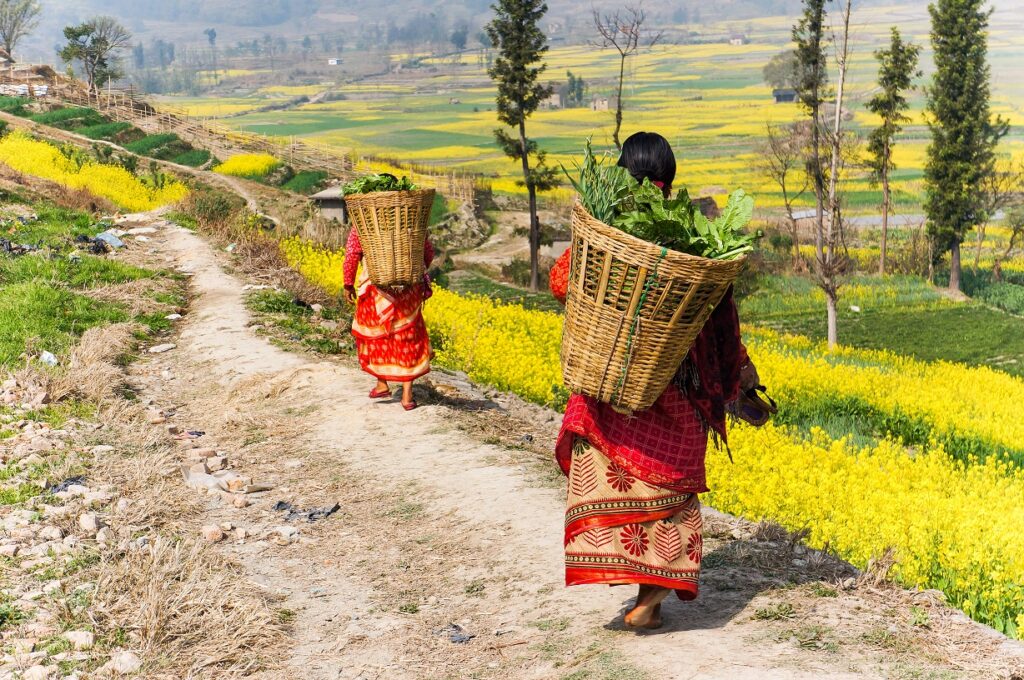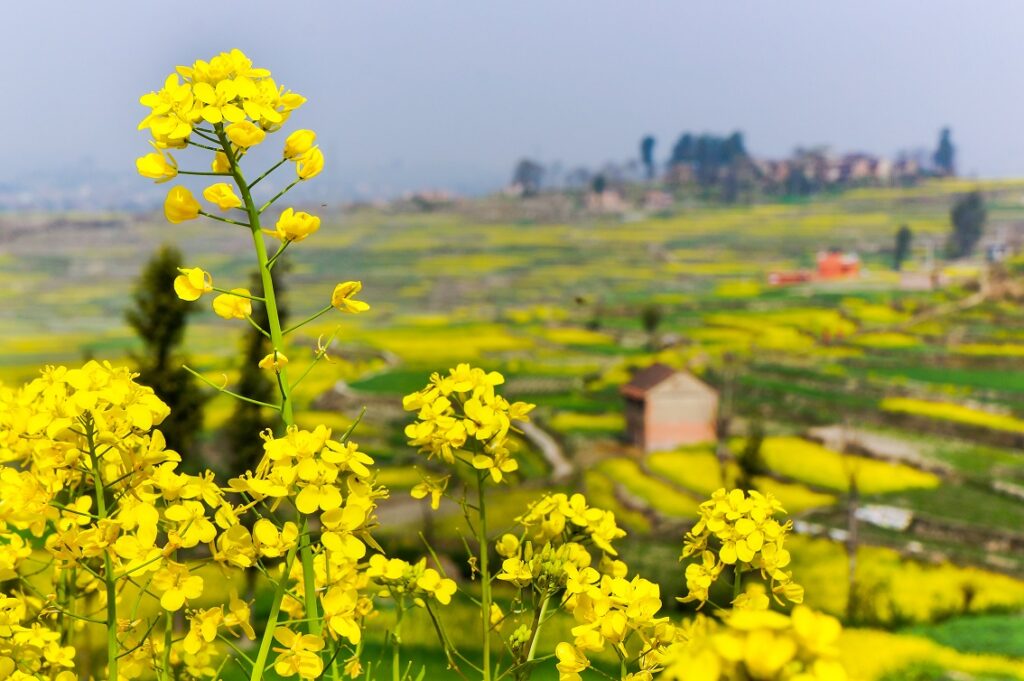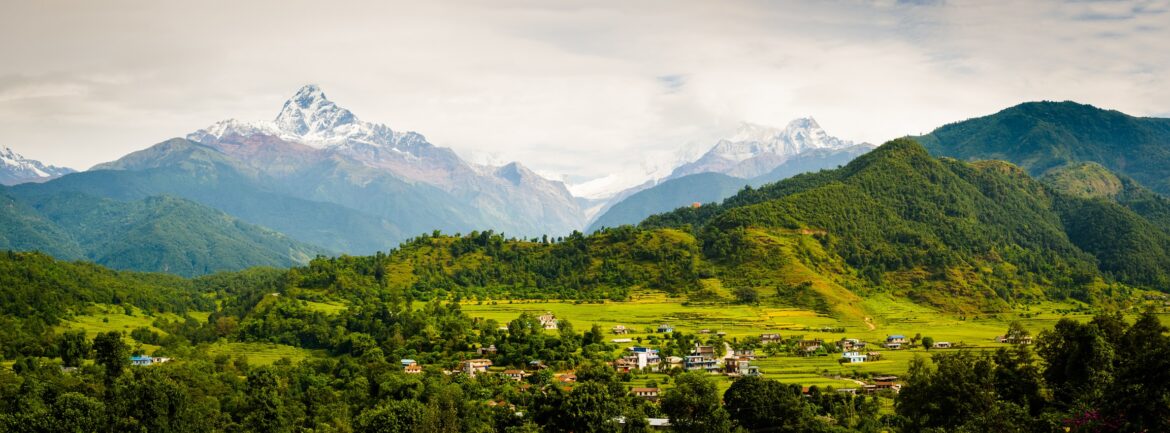It is no secret that livestock grazing accounts for around 40% of global deforestation. It is also no secret that deforestation leads to environmental catastrophes like flooding and landslides. These are truths that Nepal knows well. In the 1970s, they were faced with a choice: either protect their forests from grazing and firewood harvesting, or deal with the horrific aftereffects of inaction. In 1993, the Nepalese government passed a revolutionary Forest Act, which decentralized the responsibility of forest protection.
Since then, forest cover has almost doubled under the protection of community forest groups. Unlike the government, members of these groups have a vested interest in preserving their forests, minimizing the likelihood of collusion and maximizing the ability to collaborate with the unique needs of each community and forest. Endangered plants and animals have made comebacks in many areas, and water quality has drastically improved. There are a few key components that made these forest groups’ initiatives successful:

- Protected, but Not Forbidden: Community members were still allowed to access the Nepalese forests, but local forest rangers regulated their activities. While people could extract resources like fruits, medicines, and fodder, they could only reap limited quantities of fuelwood and clear small areas for grazing.
- Natural & Human-Implemented Regrowth: While people were required to plant trees for new growth in lower-elevation areas, trees grew back naturally in other areas. These projects were often funded by international partnerships, such as the Nepal-Australia Forestry Project.
- Out-Migration: Simply put, less people means less pressure on the environment. Regions like the Persian Gulf and Southeast Asia have attracted millions of Nepalese over the past several decades. These migrants send money home to their families, making them less reliant on agriculture to survive.

The fight is not over yet. Today, the Nepalese are tasked with sustaining their healthy forests in the face of climate change, while also mitigating animal-human conflict. Additionally, ecological experts are calling for community forest groups to increase the diversity of trees being planted; currently, pines are disproportionately favored due to economic motives, but this limits wildlife biodiversity.
As deforestation continues to wreak havoc worldwide, reading case studies like Nepal’s is reassuring. But as we apply these lessons to reforestation efforts elsewhere, it is important to remember the driving factor behind Nepal’s success: community forest groups fulfill niche roles specific to the needs of their locales. One key cannot undo all locks; therefore, we must invest power in community organizers devoted to protecting the environments they know best.
 Food
Food Farmers
Farmers Sustainable Living
Sustainable Living Living Planet
Living Planet News
News